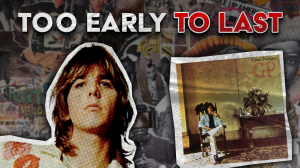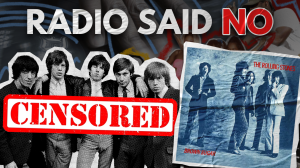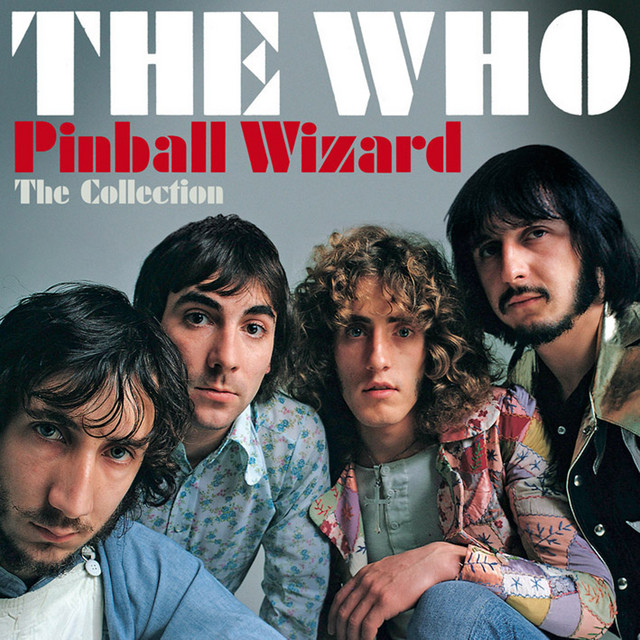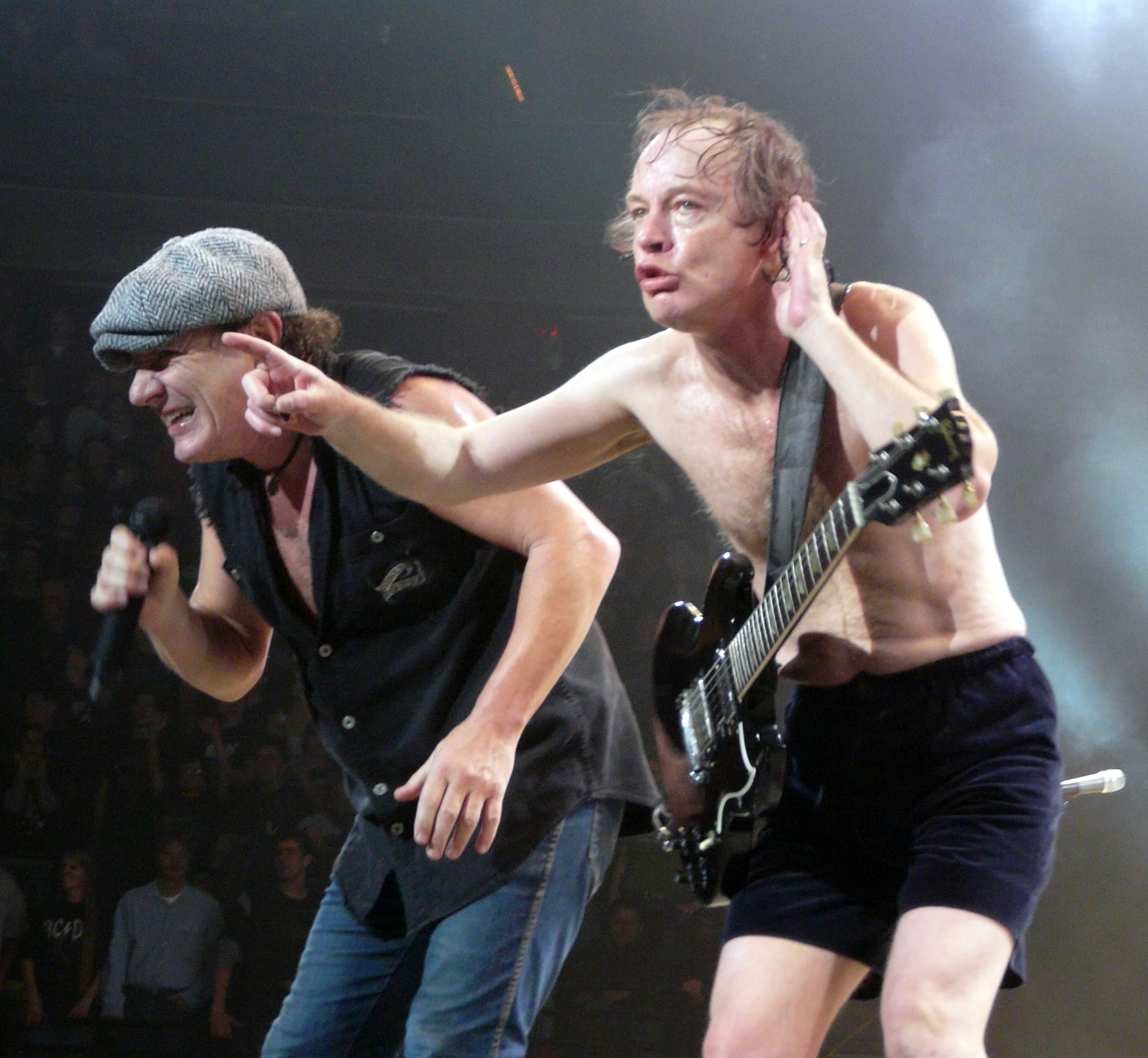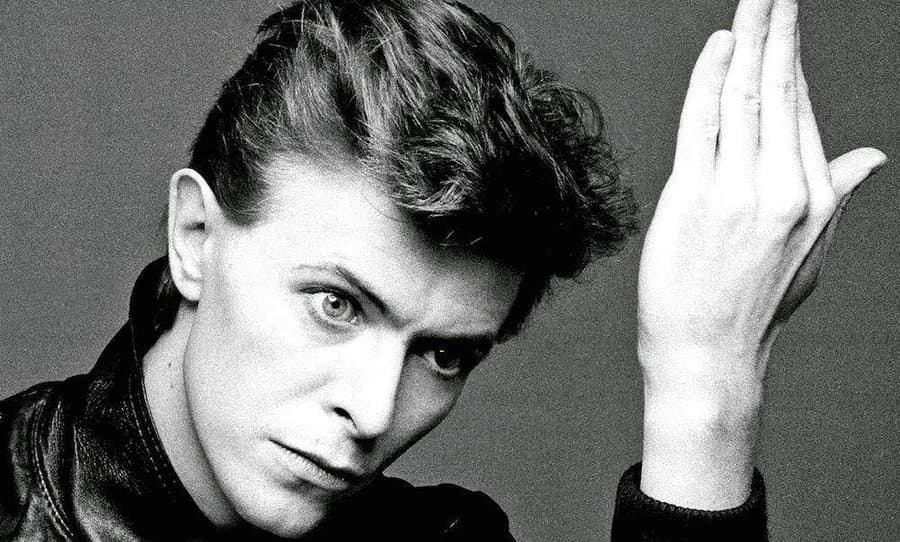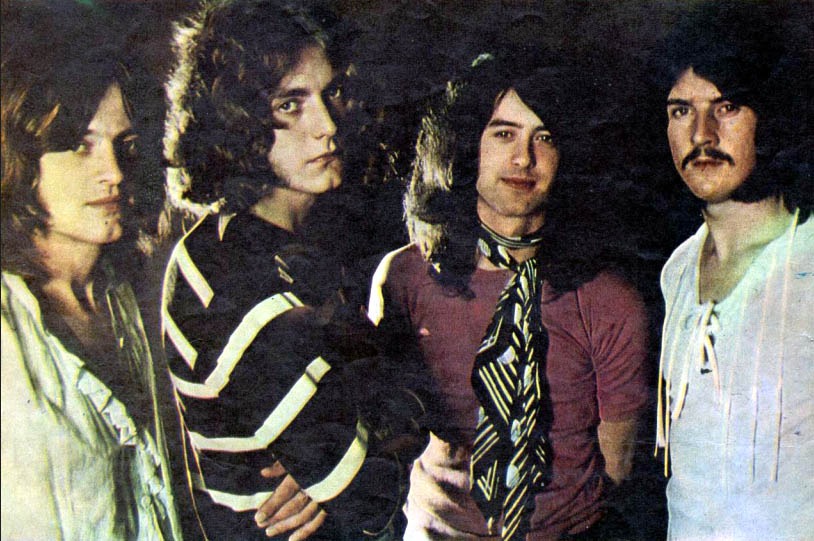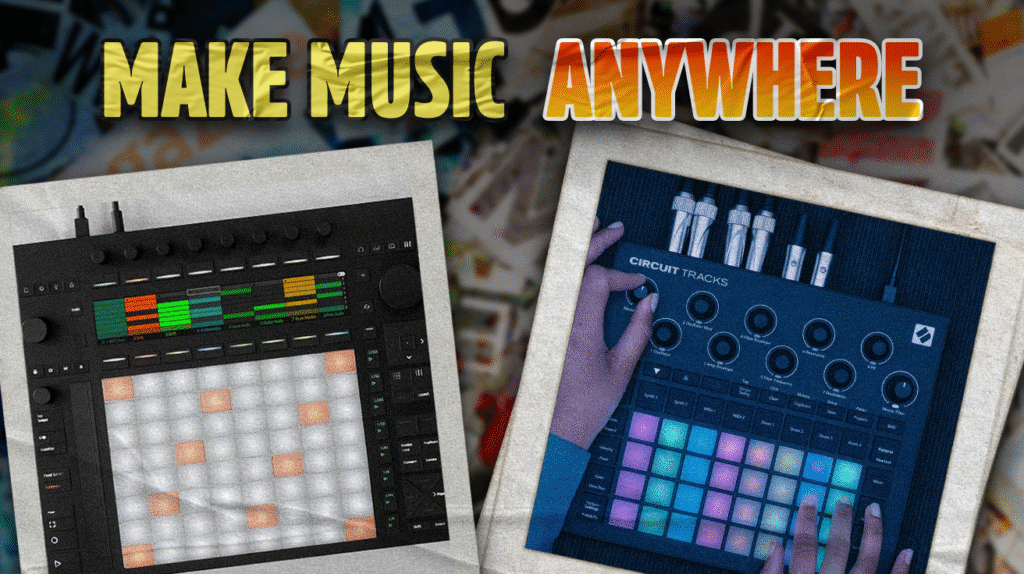
Standalone music devices offer a refreshing digital detox for your creative process. These self-contained sound laboratories deliver immediate gratification without driver updates, CPU limitations, or endless plugin scrolling. Unlike MIDI controllers that need computer hosts, these musical companions spring to life the moment you power them on.
Press a pad, twist a knob, and sound happens instantly. No boot screens, no software crashes, just pure musical interaction that feels more like playing an instrument than programming one. These groove boxes compress synthesizers, drum machines, and sequencers into portable packages that invite spontaneous creation whether you’re on a tour bus or your living room couch.
This content may contain affiliate links. If you wish to support us and use these links to buy something, we may earn a commission.
7. Roland SP-404 Mark II: The Sample Sorcerer

The SP-404 MKII carries the torch of its legendary predecessors while bringing sampling workflow into the modern era. This beat‑making institution has powered countless performances with its signature effects and sample‑mangling capabilities—from its crisp OLED screen to 16 GB internal memory and Skip‑Back sampling that captures the last 40 seconds of audio. Roland’s official SP‑404MKII specs confirm these details. Each of the sixteen pads can trigger individual samples, entire patterns, or complete song sections.
6. Elektron Model:Cycles: FM Synthesis Reimagined
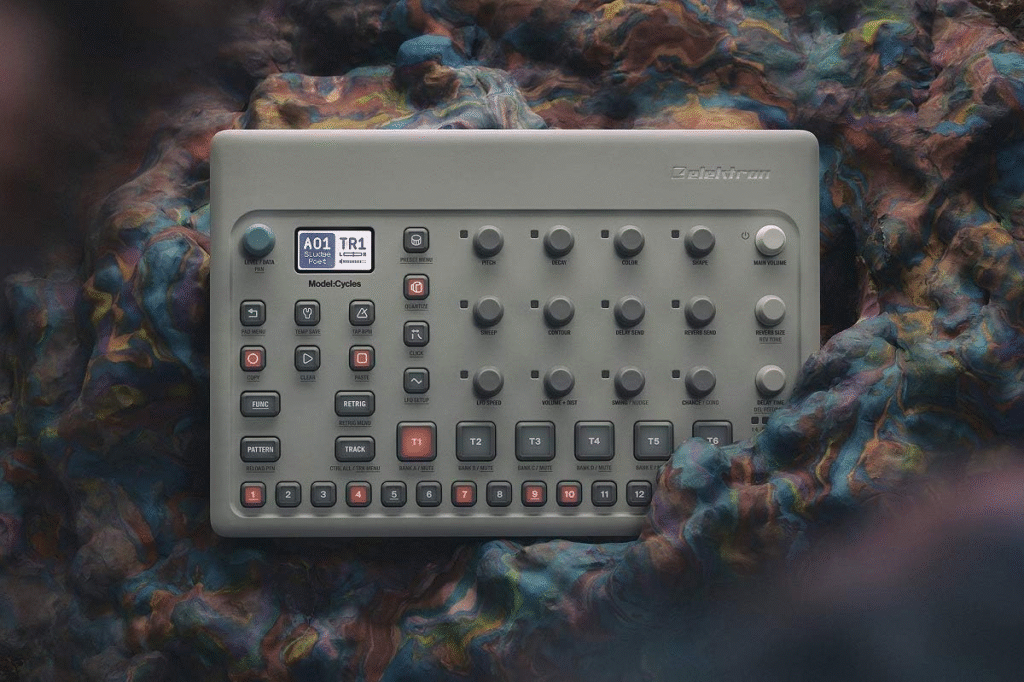
Model:Cycles stands as the rebellious art student of the groove box world. Six specialized FM engines reject conventional sample playback, diving into the mathematical wonderland that powered iconic FM synthesis techniques. Wikipedia’s overview provides deeper background. Each track offers FM synthesis optimized for specific sound categories—from percussive transients to evolving textures. The legendary Elektron sequencer adds parameter locks that change any sound aspect per step. Jake records his apartment’s radiator clanking, feeds it into the Model. Cycles, and transforms mundane heating noise into ethereal percussion that becomes the backbone of his ambient EP.
5. Novation Circuit Rhythm: Sample Slicing Simplified

Circuit Rhythm takes the accessible grid interface of its Circuit siblings and dedicates it entirely to sample manipulation. Eight sample tracks provide ample space to build complete arrangements, while the sample slicing function transforms longer recordings into perfectly timed segments. The device excels at the “chop and flip” technique beloved by beatmakers. Recording, slicing, and sequencing happens with minimal menu-diving, keeping you in creative flow rather than lost in technical details. Probability settings add controlled randomness, creating subtle variations that make programmed beats feel more human.
4. Novation Circuit Tracks: The Two-Synth Wonder

Circuit Tracks packs surprising depth into its unassuming frame, delivering two polyphonic synth engines alongside four dedicated drum tracks. The 32-pad grid glows with creative possibility, balancing accessibility with genuine production power. Each synth engine offers enough parameter control to craft everything from subterranean bass to shimmering pads. Two MIDI tracks can control external gear, transforming this pocket-sized production station into the conductor of a much larger electronic orchestra. Built-in reverb and delay effects add professional polish.
3. Sequencing Realities: Understanding the Limitations

Every standalone device comes with creative boundaries that shape how you interact with each instrument. Circuit family devices limit patterns to 32 steps, while the SP-404 MKII allows much longer sample playback with less granular sequencing control. These limitations aren’t flaws but defining characteristics. The 32‑step limit of grid‑based sequencers has influenced entire genres of electronic music. Understanding these boundaries before purchasing helps align your creative goals with the right tool. A producer creating ambient soundscapes might find the SP-404 MKII’s extended sample time essential.
2. DAW-in-a-Box: MPC One and Ableton Push 3

The MPC One and Ableton Push 3 represent the high-end of standalone production, blurring the line between hardware instruments and computer-based studios. These devices aren’t just groove boxes—they’re complete production environments. The MPC One carries hip-hop legacy, now evolved into a touchscreen‑equipped powerhouse with sampling, synthesis, and arrangement capabilities rivaling desktop software. Ableton’s Push 3 translates the familiar Live workflow into standalone format while maintaining software compatibility. These flagship devices offer complete creative independence from traditional computer studios.
1. Pocket Studios: Mobile Music Revolution

Smartphone apps have transformed the definition of a music studio. Koala Sampler compresses classic sampling workflows into pocket-sized production powerhouses that cost less than dinner out. Koala brings beloved hardware sampler workflows to iOS and Android, complete with effects, sequencing, and synthesis capabilities. Revolutionary isn’t just its affordability but how it leverages existing technology—your phone’s microphone becomes a field recorder. Ableton Note brings session-based Live approaches to mobile devices. BandLab offers complete DAW experiences including recording, editing, and collaboration features—all free.




